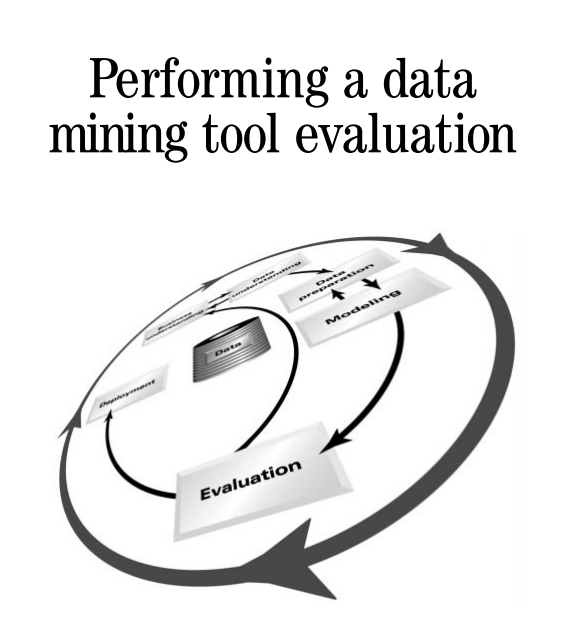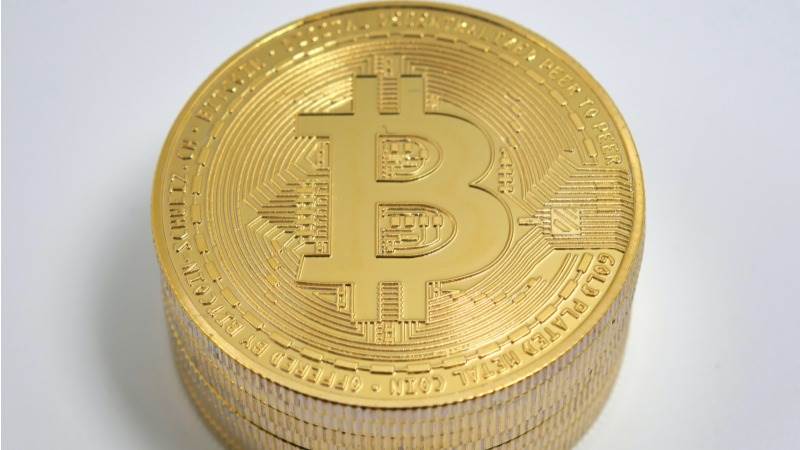
Block reward is the currency's source for new money. This is the only method to generate cryptocurrency. This economic system is essential for the development and use of cryptocurrency. It will be beneficial to both investors and miners. A coinbase transaction is also responsible for introducing new cryptocurrencies into the network and keeping it secure. A block reward can be a small sum of money, but it is the foundation of a cryptocurrency's economy.
The block reward is distributed through a transaction called the "coinbase transaction" of each block. This is the transaction that initiates a block. It has no inputs, but the output is not spendable for the next 100 blocks. Only after this time, miners are able to spend a block reward. This is another way cryptocurrency can encourage users to get involved in its growth. But, it can lead to currency devaluation, which can be detrimental to the economy.

The block reward is the payment that miners receive when they solve a particular block. It was initially 50 BTC. After 210,000 blocks, the reward decreased by half, making the current block rewards equal to 6.25 BTC. The halving of coins will continue until the last one is mined in 2140. This is known as the mining speed. A bitcoin miner can mine blocks in 10 minutes. The final coin will be mined by 2140.
The block reward is made up transaction fees as well as newly generated coins. Every four years, a halvening event regulates the supply of bitcoins. The supply will be halved again at the beginning of 2024, and this will happen again in May 2024. All 21 million bitcoins will eventually be mined. However, the block reward is worth 6.25 BTC per blocks. It is possible for bitcoin to have a future that is unpredictable.
Block reward is how Bitcoins are created. It is the only way you can create new bitcoins within a bitcoin network. A block reward is therefore essential for the cryptocurrency's economy. Also, the block reward must match the transaction's currency. For example, if a transaction costs $1.5, the block reward will be $0.25. However, a $2,000 transaction will require a LUNA for mining.

The difficulty target can also be expressed in bits. It's a specific number of bitcoins required to create one bitcoin. 21 million bitcoins have been created. This means that bitcoins cannot be valued above $388000. This is a substantial increase from the past few years. It is worth more that $4000 today. This is because the size of the blocks decreases with each halving.
FAQ
What is a "Decentralized Exchange"?
A decentralized exchange (DEX), is a platform that functions independently from a single company. DEXs do not operate under a single entity. Instead, they are managed by peer-to–peer networks. Anyone can join the network to participate in the trading process.
What is Ripple?
Ripple allows banks to quickly and inexpensively transfer money. Ripple's network can be used by banks to send payments. It acts just like a bank account. Once the transaction is complete the money transfers directly between accounts. Ripple is different from traditional payment systems like Western Union because it doesn't involve physical cash. Instead, Ripple uses a distributed database to keep track of each transaction.
Are there regulations on cryptocurrency exchanges?
Yes, regulations are in place for cryptocurrency exchanges. Although most countries require that exchanges be licensed, this can vary from one country to the next. If you live in the United States, Canada, Japan, China, South Korea, or Singapore, then you'll likely need to apply for a license.
Statistics
- Ethereum estimates its energy usage will decrease by 99.95% once it closes “the final chapter of proof of work on Ethereum.” (forbes.com)
- While the original crypto is down by 35% year to date, Bitcoin has seen an appreciation of more than 1,000% over the past five years. (forbes.com)
- “It could be 1% to 5%, it could be 10%,” he says. (forbes.com)
- This is on top of any fees that your crypto exchange or brokerage may charge; these can run up to 5% themselves, meaning you might lose 10% of your crypto purchase to fees. (forbes.com)
- For example, you may have to pay 5% of the transaction amount when you make a cash advance. (forbes.com)
External Links
How To
How Can You Mine Cryptocurrency?
The first blockchains were used solely for recording Bitcoin transactions; however, many other cryptocurrencies exist today, such as Ethereum, Litecoin, Ripple, Dogecoin, Monero, Dash, Zcash, etc. Mining is required in order to secure these blockchains and put new coins in circulation.
Mining is done through a process known as Proof-of-Work. Miners are competing against each others to solve cryptographic challenges. Newly minted coins are awarded to miners who solve cryptographic puzzles.
This guide shows you how to mine different cryptocurrency types such as bitcoin, Ethereum, litecoins, dogecoins, ripple, zcash and monero.